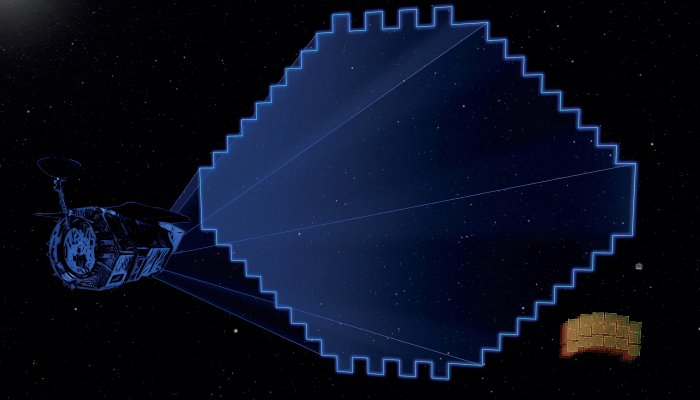
NASA’s Roman Space Telescope is an impressive space observatory with a panoramic field of view 100 times wider than the Hubble telescope. The aim of the Roman mission? To answer mystifying questions within the areas of dark energy, exoplanets, and infrared astrophysics – including the theories around cosmic expansion. In a recent study, scientists have evaluated the telescope’s impact in a bid to optimize the scientific returns of the cosmological data it will gather (1).
The onboard infrared instrument will not only survey large swathes of space in different wavelengths, but also measure light from a billion galaxies and find an estimated 2,600 exoplanets. It will work in conjunction with a coronagraph to perform high-contrast imaging and spectroscopy of individual nearby exoplanets – the first time an advanced coronagraph instrument has gone into space.
“Roman is designed specifically to solve mysteries such as cosmic acceleration, but its enormous view of the universe will reveal a treasure trove of data that could help explain other puzzles as well,” said Elisabeth Krause, co-author and assistant professor at the University of Arizona, in a recent press release (2). “The mission could even help answer questions no one has thought to ask yet.”
References
- Tim Eifler et al., Mon Notices Royal Astron Soc, 507, 1746 (2021). DOI: 10.1093/mnras/stab1762.
- NASA (2021). Available at: https://go.nasa.gov/3HGwBoH




